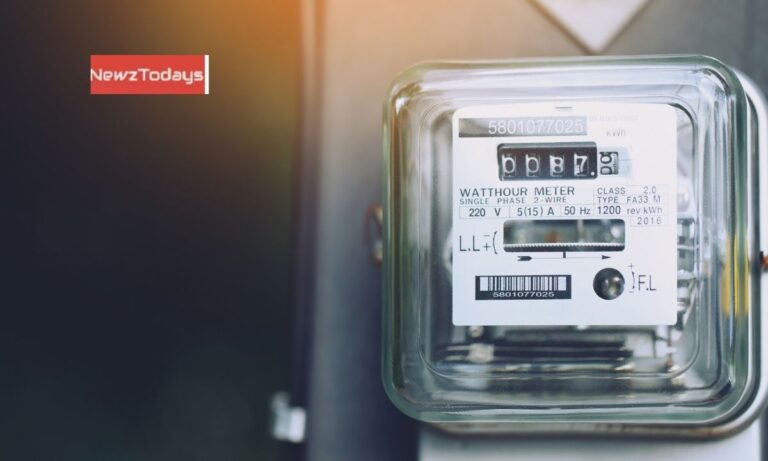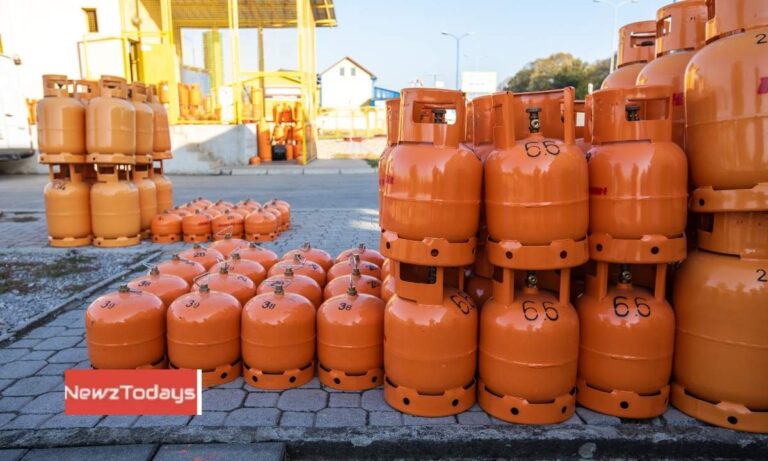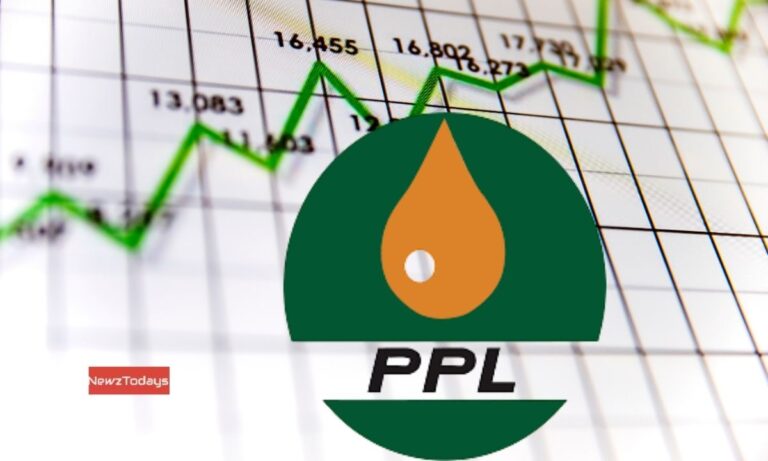Consumers Pay Rs1.5b to SNGPL, Still Await Connections
The consumers have not received new gas connections despite paying around Rs 1.5 billion to Sui Northern Gas Pipeline Limited (SNGPL).
At present, there are 3.2 million applications pending with SNGPL. Out of it, around 240,000 applicants had paid the fee, while 4000 had paid an urgent fee of Rs 25000.
But due to the ban on new gas connections by the government, the applicants had paid billions, but they were unable to get gas connections.
Read More: How To Check SNGPL Gas Bill
Read More: How To Get SSGC Gas Bill
The Petroleum Division has recently informed during the high-level meeting that both companies had reported that around 150,898 new applications (SNGPL: 136,903 and SSGC: 14,086) for RLNG connections had also been received and were under process.Apply Today for RLNG Household Gas Connections
On the other hand, SNGPL had a pendency of 3.2 million applications for natural gas-based connections without further processing, despite the fact that around 240,000 applicants had already made payments for connections, and around 4,000 applicants had also paid the urgent fee of Rs. 25,000/-.
It was further informed that, similarly, in the case of SSGC, around 19,797 natural gas-based domestic applications were pending for processing.
The Petroleum Division further apprised that the Sui companies were not providing LNG-based connections to pending applicants of indigenous gas connections for fear of litigation, as it could be challenged as discriminatory treatment due to the difference in tariffs of indigenous gas and RLNG.
However, if consumers and the Sui companies entered into a formal contract on a free-will and consent basis, the chances of litigation would be reduced.
The Petroleum Division further highlighted that the government-nominated buyers, i.e., PSO and PLL, had entered into long-term LNG supply contracts with Qatar Energy and ENI, respectively, for the import of 10 LNG cargoes per month (equivalent to 1,000 mmcfd). The Cabinet was informed that LNG was primarily imported to meet power sector demand, while the balance was allocated to industry (process/captive).







